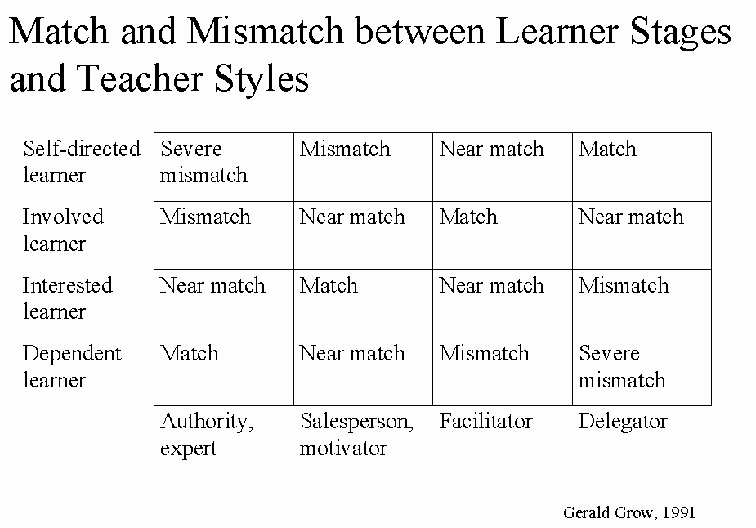Why Your Teaching Style Might Be A Bad Match For Your Students
The relationship between you and your students is complex and dynamic.
No matter what grade level you teach, at any moment you could be clarifying content, reinforcing a classroom process, modeling curiosity, or giving a pep talk.
This kind of constant change is second-nature to most educators; urgent, persistent, and intense shifting of roles is not only common in K-20 classrooms, but is likely proof that you’re doing something right.
Sometimes, however, in spite of all that you try, for about 1/3 of the class you just can’t produce the learning results you’re looking for and they deserve. All the literacy strategies and pep talks and second chances continue to produce the same mediocre results.
While this can be caused by any number of issues–this is what drives a multi-billion dollar teacher improvement industry, after all–it very well could be that you and your students are simply a bad match–and not personality-wise, either.
Your teaching style.
Teaching Styles
While education has likely brow-beaten the teacher-centered, sage-on-stage approach thoroughly enough, encouraging literacy groups, collaborative learning, flipped classrooms, and dozens of other evolutions of the more plebeian direct instruction approach, there has been little discussion of other roles teachers can assume. The typical admonishment is to be “student-centered,” but this label is too vague to be very helpful in any way other than to oppose “teacher-centeredness.”
So this chart below I found this afternoon while reading some of Carl Rogers’ ideas on self-directed learning makes sense–and could explain why you just can’t seem to find results with a significant portion of your students.
The 4 Kinds Of Teachers And Students
According to Gerald Grow (way back in 1991–the more things change…), there are 4 types of teachers:
1. Authority/Expert
2. “Salesperson”/Motivator
3. Facilitator
4. Delegator
Further, there are 4 kinds of students:
1. Self-Directed Learner
2. Involved Learner
3. Interested Learner
4. Dependent Learner
Logically, the self-directed learner is a bad match for the “Authority/Expert” teacher, benefiting instead from a “Delegator” approach. The “Dependent Learner” needs the Authority Figure/Expert teacher, but would presumably be listless when matched with the “Delegator.”
Takeaway
While an easy takeaway here is to simply point to this as further evidence of the multiple roles a teacher has to play in the classroom, there is also the problem of “Dependent Learner.”
As learners grow–and technology access increases exponentially–the need for a pure content expert and consummate authority figure should theoretically be reduced in light of the information access and learner transparency that technology provides. At one point or another, all learners are dependent–in kindergarten, during critical points in the close-reading of a complex test, etc.
The gradual release of responsibility model–show me, let me, help me–is an excellent analogue for the pathway learning naturally takes.
Which begs the question: what can we do every day to help students take it?


